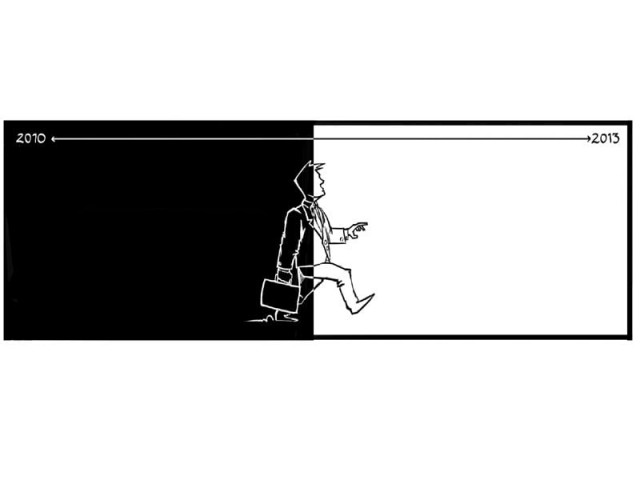
An official survey reveals that people were better off in the second last year of the PPP government than the preceding year as they not only spent more, but also managed to save money despite double-digit inflation and low growth.
The findings of the Household Integrated Economic Survey (HIES) 2011-12 reveal some interesting patterns in household income and expenditures, which, some may argue, do not seem to match ground realities. The HIES is prepared by the Pakistan Bureau of Statistics, whose recent work on inflation and economic growth has invited considerable criticism from experts.
According to the survey, average monthly household expenditures in 2011-12 came to around Rs22,379, higher by Rs3,043 or 15.7% as compared to 2010-11. This figure is used as a proxy to assess overall welfare of the people.
The increase in expenditures seems to be across the board, as expenditures for all income quintiles increased in the range of 14% to 16.3%. However, there was a disparity between the lowest quintile and the highest one – the highest income group spent Rs34,774 per month, which was 2.6 times more than spending by the lowest income group (Rs13,123).
The higher spending was supported by higher income, breaking from past trends wherein it was seen that expenditures exceeded income and people borrowed money to support their lifestyles.
According to the survey, the average monthly income stood at Rs25,679 in 2011-12, higher by almost 18% or Rs3,894 over the preceding year.
With a slight increase over previous year, income earners nonetheless remained below two persons per family. However, in rural areas in Sindh and Balochistan, the number of income earners jumped over two persons per family for the first time in recent years.
According to the survey, the average national household size remained at 6.41, slightly higher than the previous year.
The monthly income of all quintiles increased in the range of 17% to 18.4%, higher than the increase in expenditures by all income groups, indicating higher savings.
The pace of increase in incomes is even higher than the prevailing inflation rate at that time, which shows that incomes increased in the ‘real’ sense.
However, these findings are contrary to the results of the National Accounts for 2011-12, which show that savings went down significantly.
Another apparent flaw in the HIES is that it depicted the contribution of foreign remittances in monthly household income declining to 3.8% in 2011-12, from 4.7% in 2010-11. To the contrary, there has been double-digit growth in remittances in 2011-12.
If the HIES’s findings are to be believed, it would substantiate claims that such remittances were used to legalise ill-gotten money by rerouting it through foreign channels.
Supported by healthy incomes, the average per capita monthly expenditures of households increased 18.2% to Rs3,490 in the last fiscal year. However, per capita household expenses of the highest quintile were 4.5 times more than the expenditures of the lowest quintile.
In what appears to be another interesting trend, average monthly consumption expenditures on food, beverages and tobacco dropped to 45.1%, as against 48.9% in the preceding year. The expenses on housing also went down slightly to 13.2%.
On the other hand, expenditures on apparel, textile and footwear, recreation, education and fuel and lighting increased.
Published in The Express Tribune, June 4th, 2013.
Like Business on Facebook to stay informed and join in the conversation.

















COMMENTS
Comments are moderated and generally will be posted if they are on-topic and not abusive.
For more information, please see our Comments FAQ